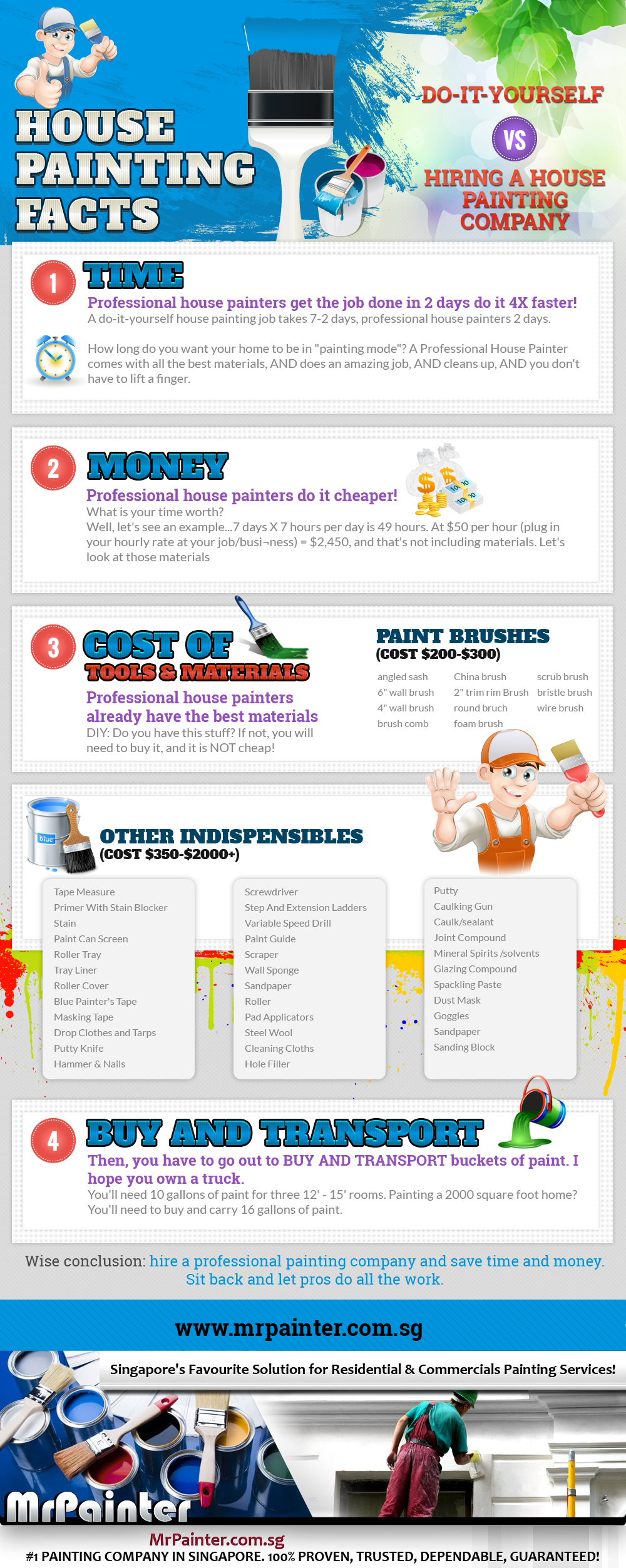Just How Do Well-Chosen Colors Influence Your Brand'S Good Looks In Commercial Exterior Painting? Delve Into The Vital Aspects That Guide Your Decision-Making Procedure
Just How Do Well-Chosen Colors Influence Your Brand'S Good Looks In Commercial Exterior Painting? Delve Into The Vital Aspects That Guide Your Decision-Making Procedure
Blog Article
Web Content Composed By-Kondrup Luna
When it involves commercial outside painting, the shades you choose can make or break your brand name's appeal. Understanding how different shades influence perception is essential to drawing in clients and developing count on. Yet it's not almost personal preference; neighborhood fads and laws play a substantial role also. So, just how do you find the best balance in between your vision and what resonates with the neighborhood? Let's discover the essential factors that lead your color choices.
Understanding Shade Psychology and Its Effect On Business
When you select colors for your business's outside, understanding color psychology can substantially affect exactly how possible clients view your brand name.
Shades evoke emotions and set the tone for your service. For example, blue usually conveys count on and expertise, making it perfect for banks. Red can develop a sense of necessity, perfect for restaurants and inventory-clearance sale.
On local house painting , environment-friendly represents growth and sustainability, attracting eco-conscious consumers. Yellow grabs attention and triggers optimism, yet excessive can overwhelm.
Consider your target market and the message you want to send. By picking the ideal colors, you not only improve your visual allure but also align your photo with your brand values, inevitably driving consumer involvement and loyalty.
Analyzing Resident Trends and Laws
How can you ensure your exterior paint selections reverberate with the neighborhood? Start by looking into local patterns. Check out close-by companies and observe their color design.
Keep in mind of what's popular and what feels out of area. This'll aid you straighten your selections with area aesthetics.
Next off, check neighborhood policies. Lots of towns have standards on exterior colors, specifically in historic districts. You do not intend to hang out and money on a scheme that isn't compliant.
Engage with local business owners or area teams to collect insights. They can supply beneficial responses on what colors are popular.
Tips for Harmonizing With the Surrounding Atmosphere
To develop a natural look that blends flawlessly with your environments, consider the native environment and building designs nearby. Start by observing the colors of neighboring structures and landscapes. Natural tones like environment-friendlies, browns, and soft grays frequently work well in all-natural settings.
If your residential or commercial property is near dynamic metropolitan areas, you might choose bolder colors that reflect the local power.
Next off, consider exterior paint company near me of your structure. Traditional styles may take advantage of classic shades, while modern layouts can accept contemporary schemes.
Evaluate your shade choices with samples on the wall to see just how they connect with the light and setting.
Ultimately, remember any kind of neighborhood guidelines or community visual appeals to ensure your choice enhances, rather than clashes with, the surroundings.
Verdict
In conclusion, picking the right colors for your commercial exterior isn't nearly appearances; it's a strategic decision that influences your brand name's assumption. By using simply click the following page , considering regional trends, and ensuring consistency with your surroundings, you'll create a welcoming atmosphere that brings in clients. Don't forget to check examples before devoting! With the right technique, you can raise your organization's curb appeal and foster enduring client involvement and loyalty.
